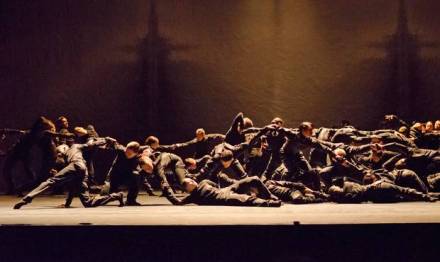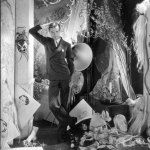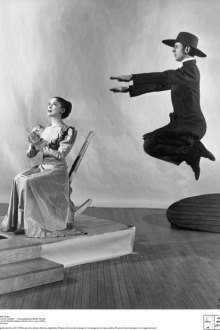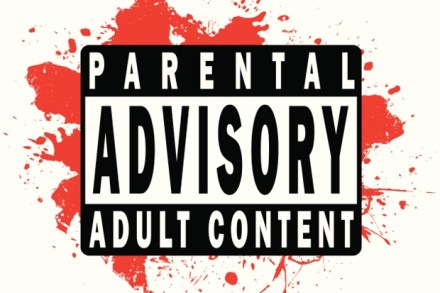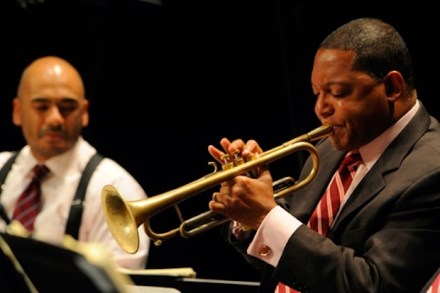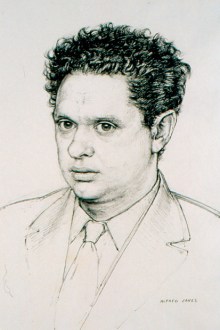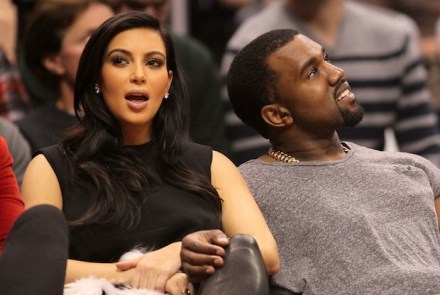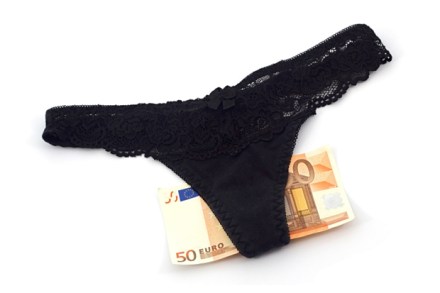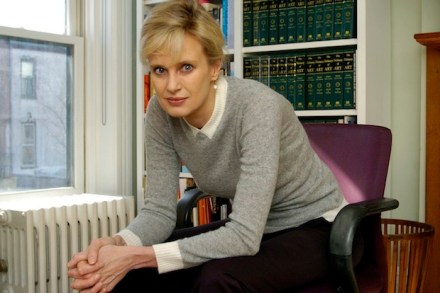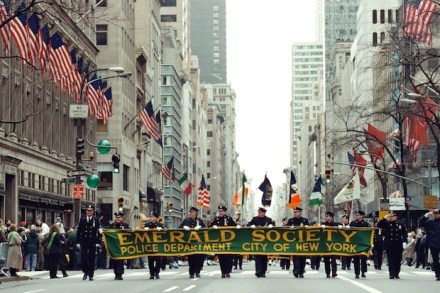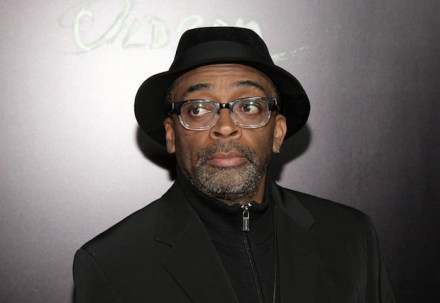Thomas Ades’s Polaris at Sadler’s Wells: the dance premiere of the year
This has been an extraordinarily exciting fortnight, on and off stage. Premieres in anything from ice-skating to classical ballet, charismatic soloists in flamenco and Indian kathak, the front-page news of Sylvie Guillem’s retirement, and, even more astonishingly, English National Ballet’s announcement of its new Giselle next year by Akram Khan. Consequently I have to short-change some of the highlights (note for next year’s diaries, folks — October is invariably the dance month of the year), including the liberation of ice-skating by the Canadians of Le Patin Libre, who made Alexandra Palace rink feel like a frozen field with their casual pyrotechnics (ice-o-technics?). And then there was the compellingly odd flamenco
